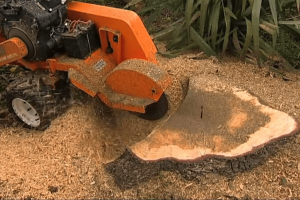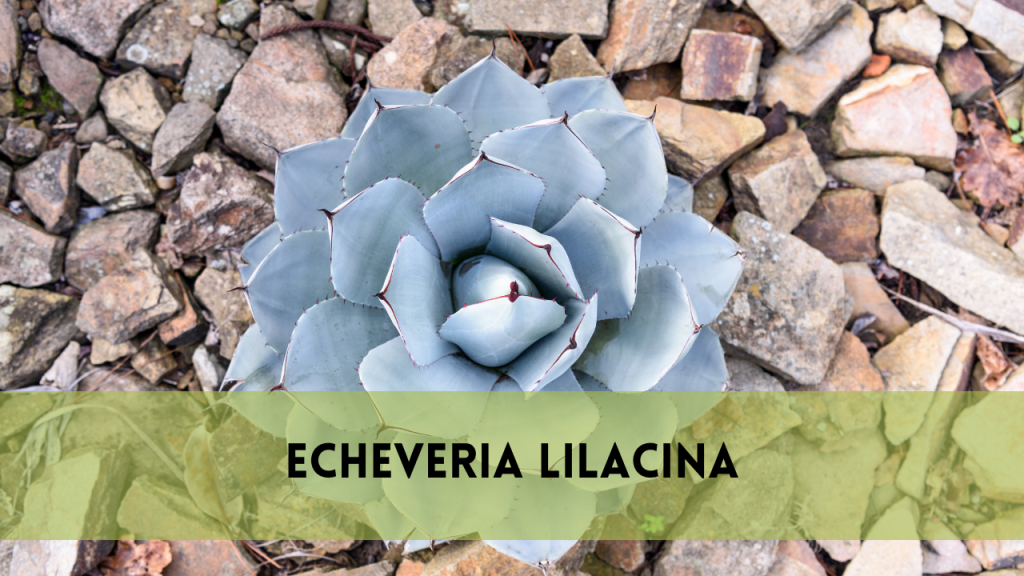What to do with wood chips from stump grinding?
In the complex world of arboriculture, the aftermath of stump grinding provides a precious resource – wood chips. This tutorial explains the various options for what to do with stump grinding wood chips, and it is specifically suited for site arborists. Arborists, who care for elevated landscapes, share their knowledge to highlight sustainable techniques that go beyond waste management. As we continue on this journey, imagine a landscape in which wood chips are more than just remains; they contribute to soil health, aesthetic enhancements, and the site’s general life. Understanding the potential applications of wood chips is critical at the site arborist level, where every decision counts. From mulching procedures to novel landscaping concepts, this guide digs into the complex realm of using wood chips, providing insights that are relevant to the elevated landscapes under arborist care. Join us as we investigate the numerous ways in which wood chips can turn from byproducts to precious assets, improving both the soil and the visual attractiveness of the arborist heights.
What to do with wood chips from stump grinding?
Utilizing Wood Chips as Mulch
Unlocking the full potential of wood chips as mulch is a cornerstone of arborists’ sustainable site care procedures. Arborists, or guardians of elevated landscapes, advocate for the strategic application of wood chips to improve the site’s health and attractiveness. Mulching with wood chips has numerous advantages, including moisture retention, weed suppression, and temperature regulation in the soil. In arborist circles, where the terrain necessitates careful consideration, using wood chips as mulch becomes an indispensable practice. This section walks you through the procedure, stressing the proper use of wood chips to produce a protective and nourishing layer for the soil, promoting ideal circumstances for plant growth in elevated environments. Arborists bring their knowledge to the forefront, demonstrating how this simple yet effective strategy may have a profound impact on the maintenance and sustainability of site arborist heights.
Enhancing Soil Structure with Wood Chips
Arborists at site arborist heights appreciate the critical function wood chips play in improving soil structure following stump grinding. These specialists recommend for the use of wood chips to combat soil compaction, which is a prevalent issue in high terrains. Wood chips serve as nature’s solution, increasing aeration and water infiltration while encouraging microbial activity. Arborists offer insights on the subtle application of wood chips to regenerate the landscape’s core basis.
In elevated landscapes under arborist care, where soil health is critical, adding wood chips becomes a deliberate and purposeful effort. This section goes into the science of improving soil structure with wood chips, offering light on how arborists harness nature’s processes to bolster the foundation.
As custodians of site arborist heights, arborists share their knowledge, ensuring that every layer of the landscape, from wood chips to soil, contributes harmoniously to the general well-being of the site.
Creative Landscaping Ideas with Wood Chips
Elevate the attractiveness of your property with the creative prowess of wood chips in landscaping, a field in which arborists excel as artistic guardians. Aside from their functional merits, wood chips provide a canvas for creative landscaping concepts that transform the environment. Arborists, with their great eye for elevated landscapes, provide tips on transforming wood scraps into beautiful components, paths, and focal points.
In arborist heights, where the visual appeal of the environment is carefully maintained, this section investigates creative landscaping ways that employ wood chips. Arborists recommend using wood chips to define walkways, which adds a natural, rustic beauty. Furthermore, they advise for the use of wood chips as decorative elements around trees and flower beds, which add both texture and function.
Composting Wood Chips for Nutrient-Rich Soil
Explore the revolutionary process of composting wood chips, which arborists encourage for nourishing soil on-site. Arborists acknowledge wood chips’ intrinsic capacity to add to nutrient-rich soil when properly mixed into the composting process. In this part, you’ll learn about the systematic strategy that arborists propose for converting wood chips into a valuable resource for sustainable site care.
Composting wood chips involves a carbon-nitrogen balance that promotes the decomposition of organic waste. Arborists emphasize the need of aging wood chips before integrating them into compost to provide a harmonic mixture of components. This nutrient-dense compost transforms into a strong soil amendment at arborist heights, increasing fertility and supporting overall plant health.
By demystifying the practice of composting wood chips, arborists enable site managers to realize the full potential of this residue, encouraging a cycle of sustainability and vitality in elevated environments.
FAQS
Can I use wood chips for mulch right after stump grinding?
Arborists recommend letting wood chips age for a few weeks before using them as mulch to promote a smoother decomposition process.
Are all wood chips acceptable for composting?
While most types of wood chips can be composted, processed wood chips should be avoided since they may contain dangerous chemicals.
Are wood chips attracting pests to the site?
Properly handled wood chips should not attract bugs. Arborists emphasize the need of doing regular inspections and maintenance to avoid future problems.
Can wood chips be used to prevent erosion in high areas?
Yes, arborists emphasize the efficiency of wood chips in reducing erosion on slopes and hilly terrains.
How frequently should I refill wood chip mulch in arborist heights?
Arborists advocate replenishing wood chip mulch every year to retain its beneficial characteristics and beauty.
Conclusion
Finally, the voyage through the various applications of wood chips, from stump grinding to site arborist heights, exposes a plethora of alternatives. Arborists demonstrate the versatility of wood chips as more than just remains in applications ranging from mulching and soil enhancement to the creative realm of landscaping. These specialists create a harmonic balance of functionality and aesthetics, transforming wood chips into important contributors to the landscape’s health and visual attractiveness.
Arborists’ observations reflect not just their skill, but also their devotion to sustainable site maintenance. Each application, from mulching to composting, demonstrates the careful stewardship required in elevated landscapes. As stewards of arborist heights, arborists advise us in transforming wood chips into assets.




